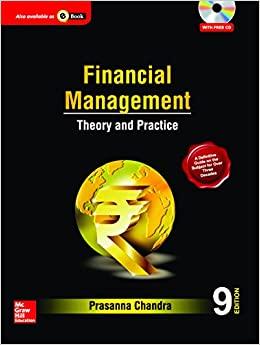Answered step by step
Verified Expert Solution
Question
1 Approved Answer
P13-5A ONLY Ratio Situation 1. 18.000 shares of common stock were Return on common stockholders sold at par on July 1, 2015 equity 2. All
P13-5A ONLY 

Step by Step Solution
There are 3 Steps involved in it
Step: 1

Get Instant Access to Expert-Tailored Solutions
See step-by-step solutions with expert insights and AI powered tools for academic success
Step: 2

Step: 3

Ace Your Homework with AI
Get the answers you need in no time with our AI-driven, step-by-step assistance
Get Started


